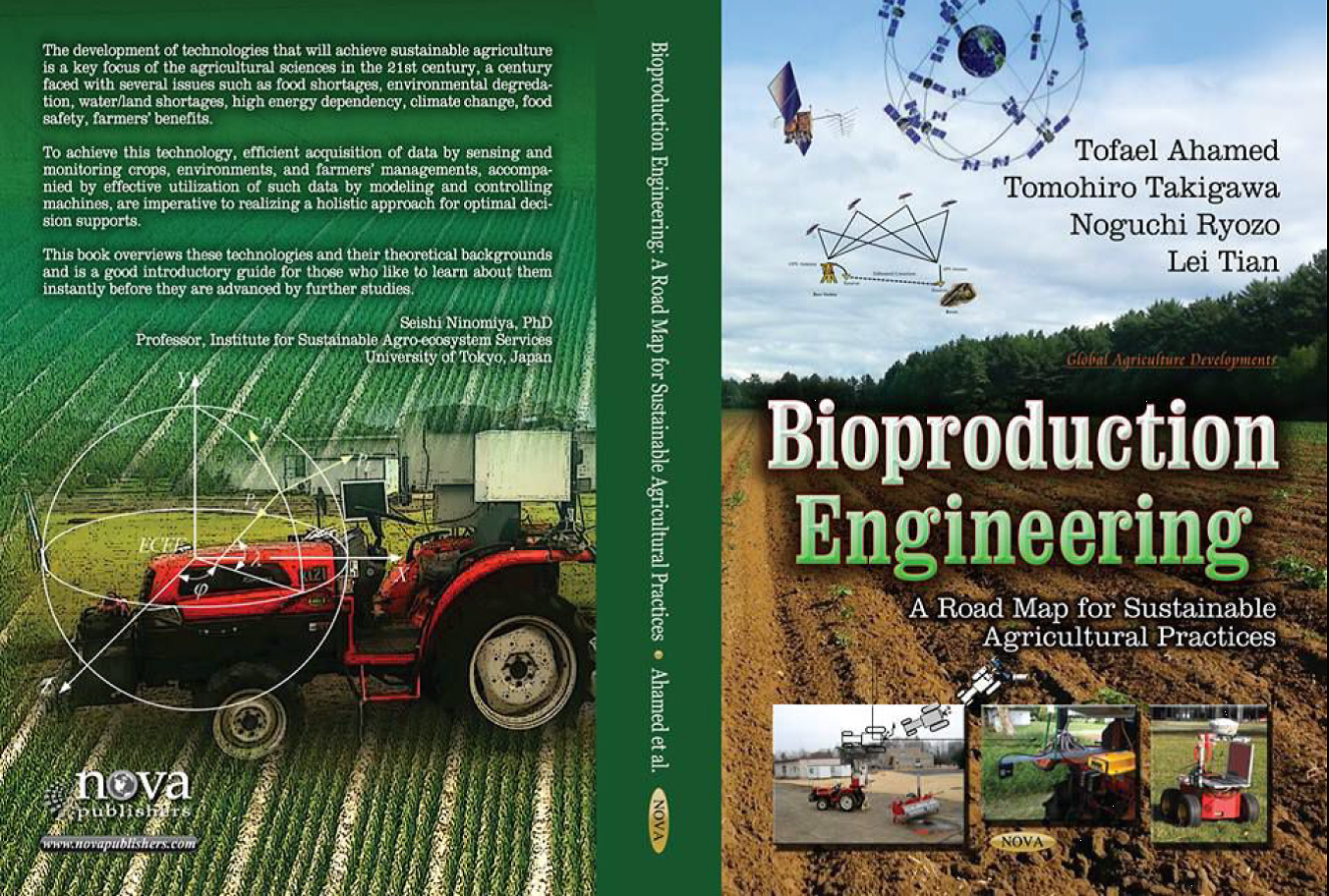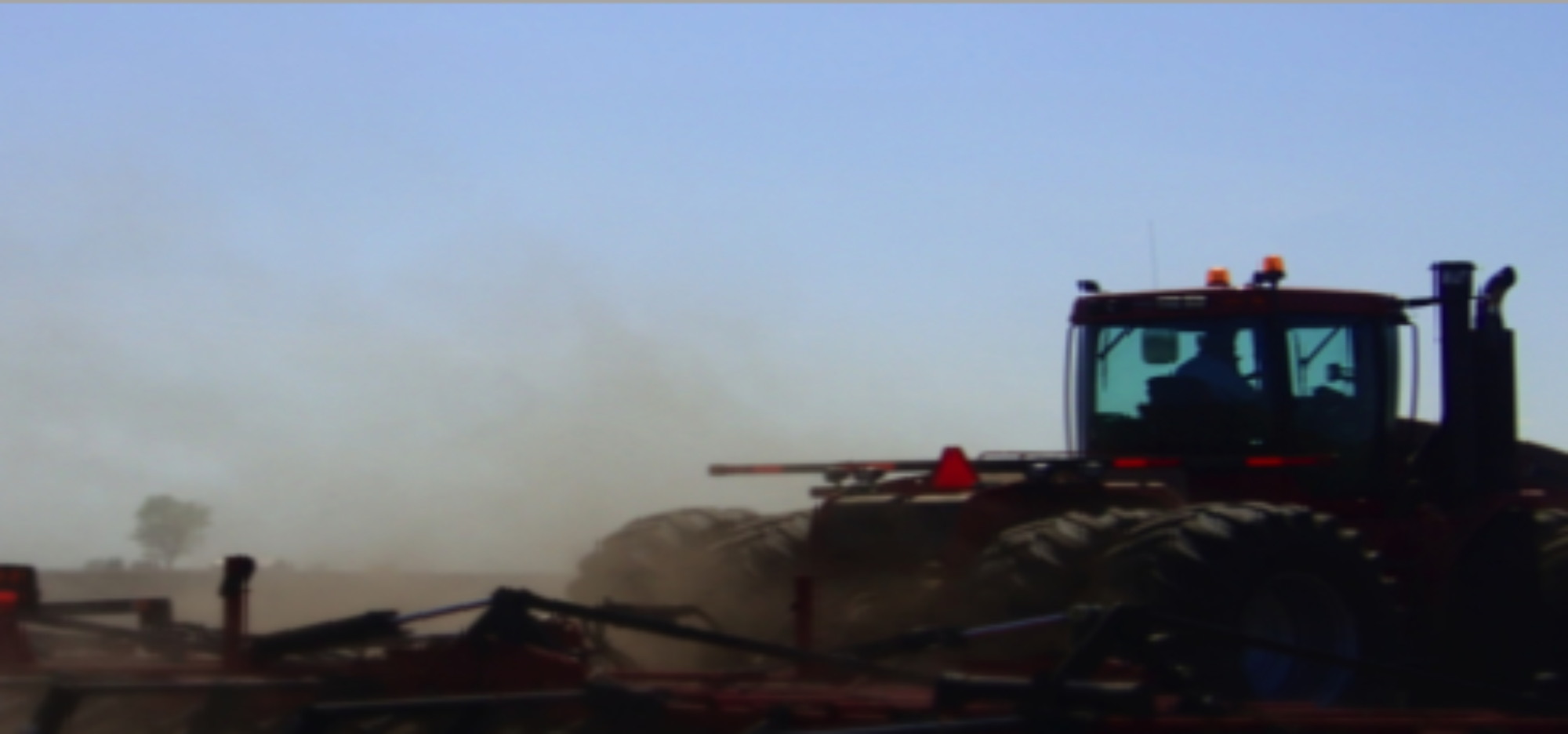
Lei Tian, University of Illinois at Urbana-Champaign, USA.
ISBN 978-1-62618-122-9
Publisher: NOVA Science Publishers, New York, USA, 246 pages, 2014
Foreword: KC Ting, Professor, University of Illinois at Urbana-Champaign, USA
Comment: Seishi Ninomiya, Professor, University of Tokyo, Japan
Catalog Description
This book addresses the important question of how large a role bioproduction and renewable energy can play in achieving sustainable agricultural practices in the present system of agricultural production. Understanding bioproduction engineering and development can help improve the efficiency of sustainable agriculture and future renewable energy resources. With the aim of understanding this question, this book focuses on bioproduction and sustainability issues, covering sensors, agricultural decision making systems and the relationship between bioproduction and sustainable practices of agriculture. The chapters are organized as follows: information oriented technology that can be implemented to address the variability of bioproduction systems, sensors and control systems, precision agricultural technology, decision support systems in agriculture, renewable energy resources and analytical hierarchy processes for agricultural management. One of the most important aspects of bioproduction is the sustainability of bioenergy resources. However, the biophysical properties of biomass are noted to increase feedstock production. This book presents the latest non-destructive methods for yield estimation including satellite, aerial and ground based remote sensing techniques to popularize site-specific management. The discussion of satellite and ground based remote sensing emphasizes the temporal and spatial variations of crop growth over the growing seasons, as decision support systems must account for those variations. Decision support systems can be used as policy-making tools to address several issues including land use planning, water management, energy, and farming systems and to ensure sustainable management. This book also discusses system design, dynamics, AHP and ANP tools for simulation and modeling. This material will appeal to a wide range of readers and is designed as a resource for graduate and undergraduate students working in any area of agricultural engineering, crop sciences, or environmental science disciplines. The book also includes questions and sample model problems to allow readers to practice implementing the modeling tools.
